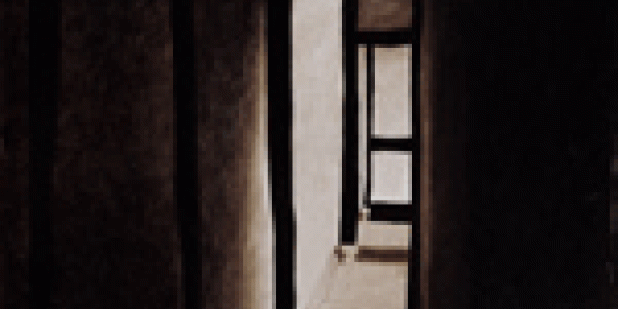Join us for a free one-day workshop for educators at the Japanese American National Museum, hosted by the USC U.S.-China Institute and the National Consortium for Teaching about Asia. This workshop will include a guided tour of the beloved exhibition Common Ground: The Heart of Community, slated to close permanently in January 2025. Following the tour, learn strategies for engaging students in the primary source artifacts, images, and documents found in JANM’s vast collection and discover classroom-ready resources to support teaching and learning about the Japanese American experience.
Wang Huaiqing: A Painter’s Painter in Contemporary China
The Seattle Asian Art Museum presents 26 works by contemporary Chinese painter Wang Huaiqing.
Where

The Seattle Asian Art Museum presents 26 works by contemporary Chinese painter Wang Huaiqing, including one large scale piece on display at SAM Downtown. This will be Wang’s first solo exhibition at a major American museum and gives Seattle and the Pacific Northwest region an opportunity to look closely at an artist widely appreciated in Asia. Wang Huaiqing: A Painter’s Painter in Contemporary China demonstrates that contemporary art in China is not limited to the expression of cultural revolution and post-Mao era remorse. Indeed, it is a story about a mature artist moving beyond politics and exploring purely artistic issues. Because of that, Wang is an important contemporary Chinese artist whose artistic sensibility fosters greater cultural understanding.
Born in Beijing in 1944 to a modest family, Wang Huaiqing was one of 40 students from a pool of 30,000 applicants selected to attend middle school at the prestigious Central Academy of Fine Arts. At the young age of 12, Wang was immersed in government-sponsored art training which continued amidst the backdrop of great oppression in China. During the Cultural Revolution he endured the hardship of labor camps and painted secretly in the dark of night. It was during this time that he became a member of the progressive group that later came to be known as The Contemporaries. This painting society was formally established in 1979 and, in the words of Wang, the group’s objective was to “brush away the ugliness, perversity and deception, and preserve beauty, warmth and candor” on canvas—a starkly different approach from that of the radical “dissident art” groups that emerged in the 1970s and 1980s. Although members of The Contemporaries separated in 1982, Wang’s work continued to eschew an overt political agenda; instead, he chose to animate conventional objects and give them character.
Wang Huaiqing: A Painter’s Painter in Contemporary China spans four decades and includes oil paintings, prints and drawings assembled from a variety of private collections in China and Taiwan, as well as the Shanghai Art Museum and the artist’s own collection.
—Josh Yiu, Foster Foundation Associate Curator of Asian Art
Featured Articles
Please join us for the Grad Mixer! Hosted by USC Annenberg Office of International Affairs, Enjoy food, drink and conversation with fellow students across USC Annenberg. Graduate students from any field are welcome to join, so it is a great opportunity to meet fellow students with IR/foreign policy-related research topics and interests.
RSVP link: https://forms.gle/1zer188RE9dCS6Ho6
Events
Hosted by USC Annenberg Office of International Affairs, enjoy food, drink and conversation with fellow international students.
Join us for an in-person conversation on Thursday, November 7th at 4pm with author David M. Lampton as he discusses his new book, Living U.S.-China Relations: From Cold War to Cold War. The book examines the history of U.S.-China relations across eight U.S. presidential administrations.




